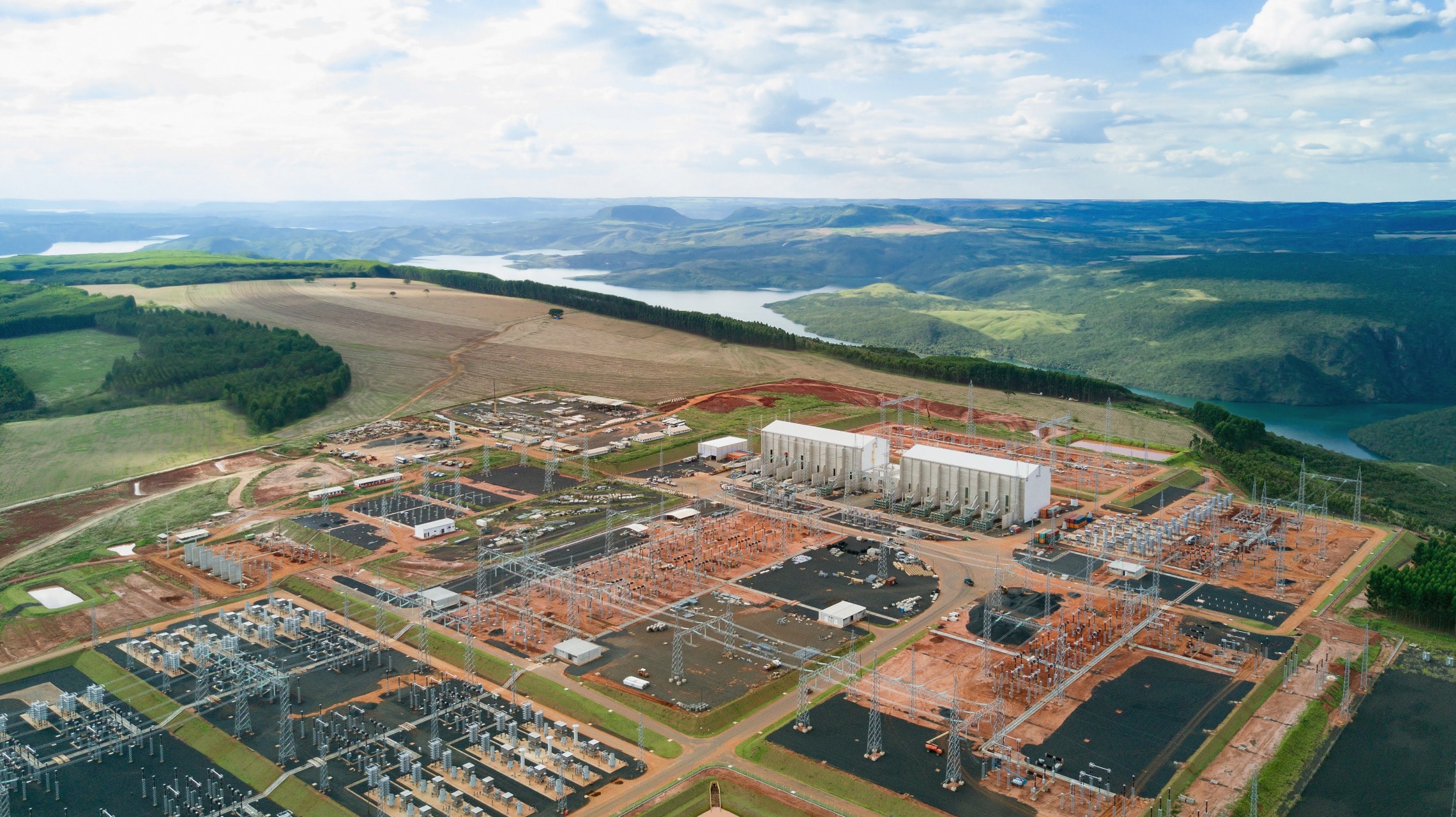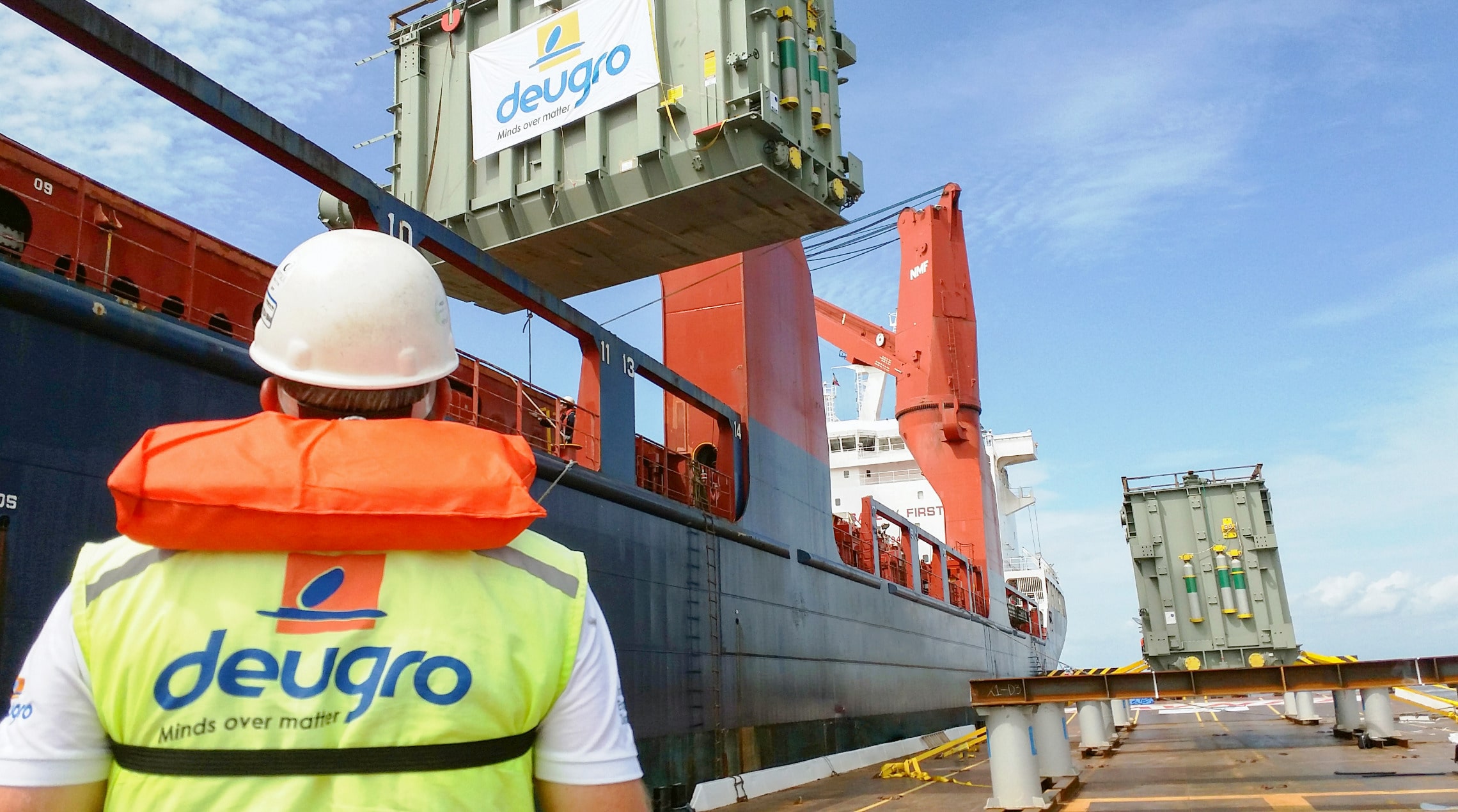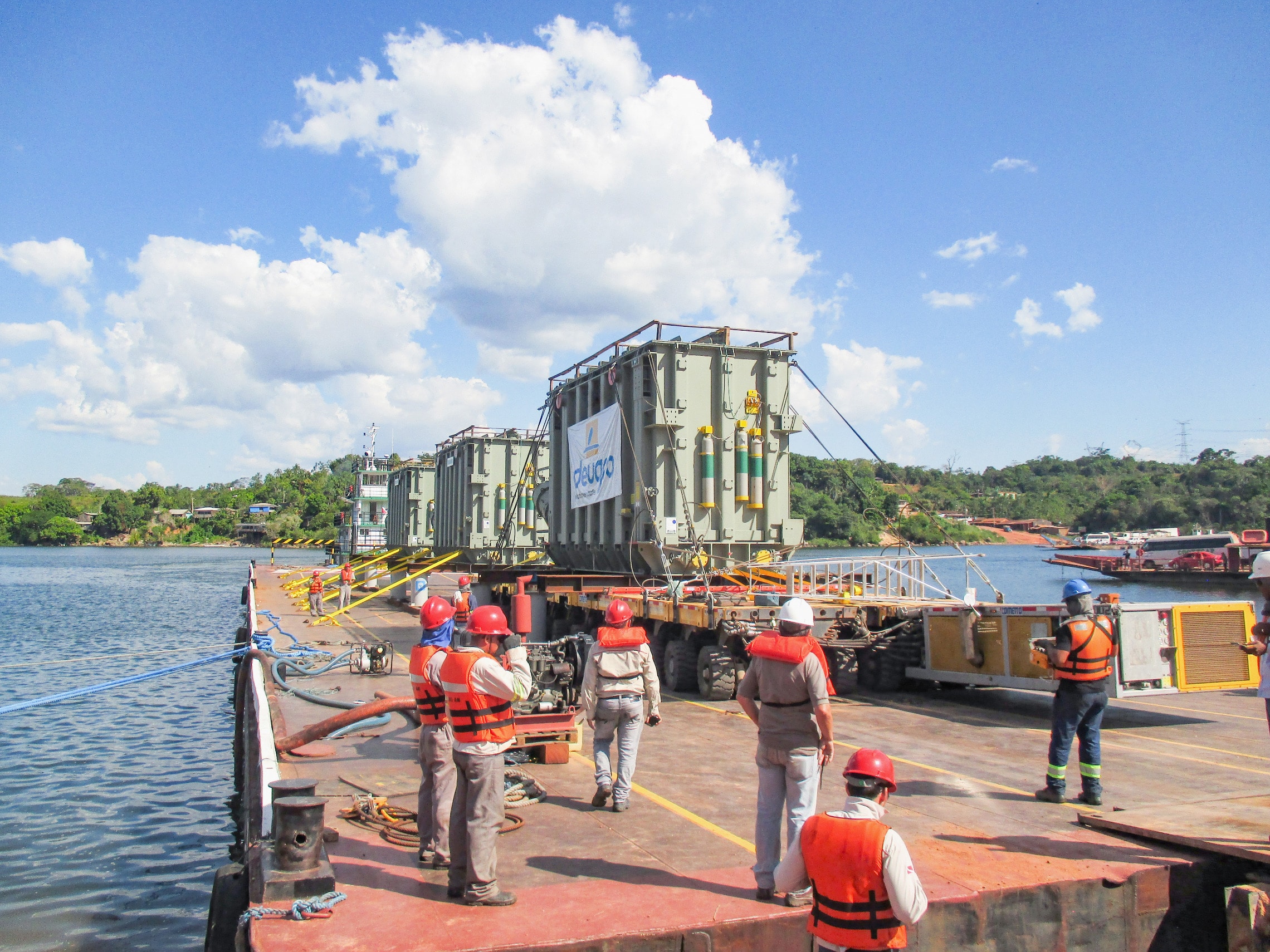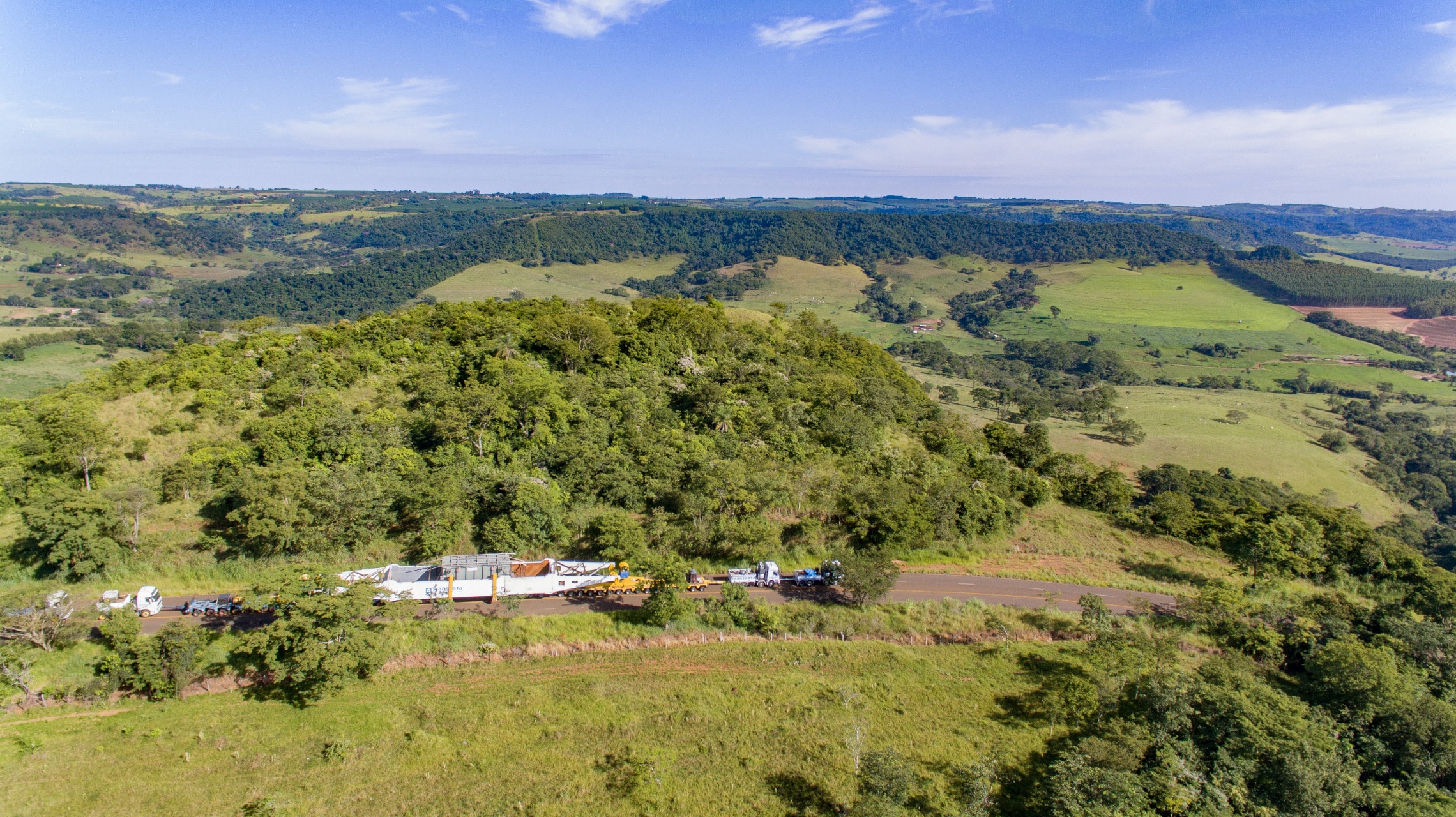Case Study – Belo Monte
The Challenges
- Significant tide changes / winds / currents and busy ferry traffic on the Amazon River
- Steep 14% incline at discharge in Xingu
- Vast distance – routes spanning half the Earth’s circumference
- Difficult and complex Brazilian terrain
- Roads affected by cargo weight and size
Project Execution
The government of Brazil set up a growth acceleration program aimed at developing the infrastructure of roads and dams, mainly in the Amazon area in order to boost economic growth in the region. When finally up and running, Belo Monte will be the third-largest dam in the world, behind Three Gorges (20,300 MW), China, and Itaipú (14,000 MW), partly in Brazil and Paraguay. The dam will be the main Brazilian hydroelectric plant, generating more than 11,000 megawatts of power at full capacity. The power generated will be transmitted over a 2,000-kilometer-long transmission line, able to provide sustainable energy for 17 entire Brazilian states and hence 60 million people. This amount of energy would replace the output of about eight nuclear power plants.
deugro was awarded the project for executing the transportation of the project’s phase one, which encompasses two subsequent projects. The first project, UHE Belo Monte (hydro power plant), a consortium formed by the market leaders of this segment, includes the transportation of transformers and equipment (turbine rotor and turbine shaft) from Brazilian factories to the Belo Monte complex. The second project, High Voltage Direct Current (HVDC), likewise contains the transportation of transformers and equipment but from worldwide origins to two corresponding converter stations located in Xingu (state of Pará) and Estreito (state of Minas Gerais), Brazil.




